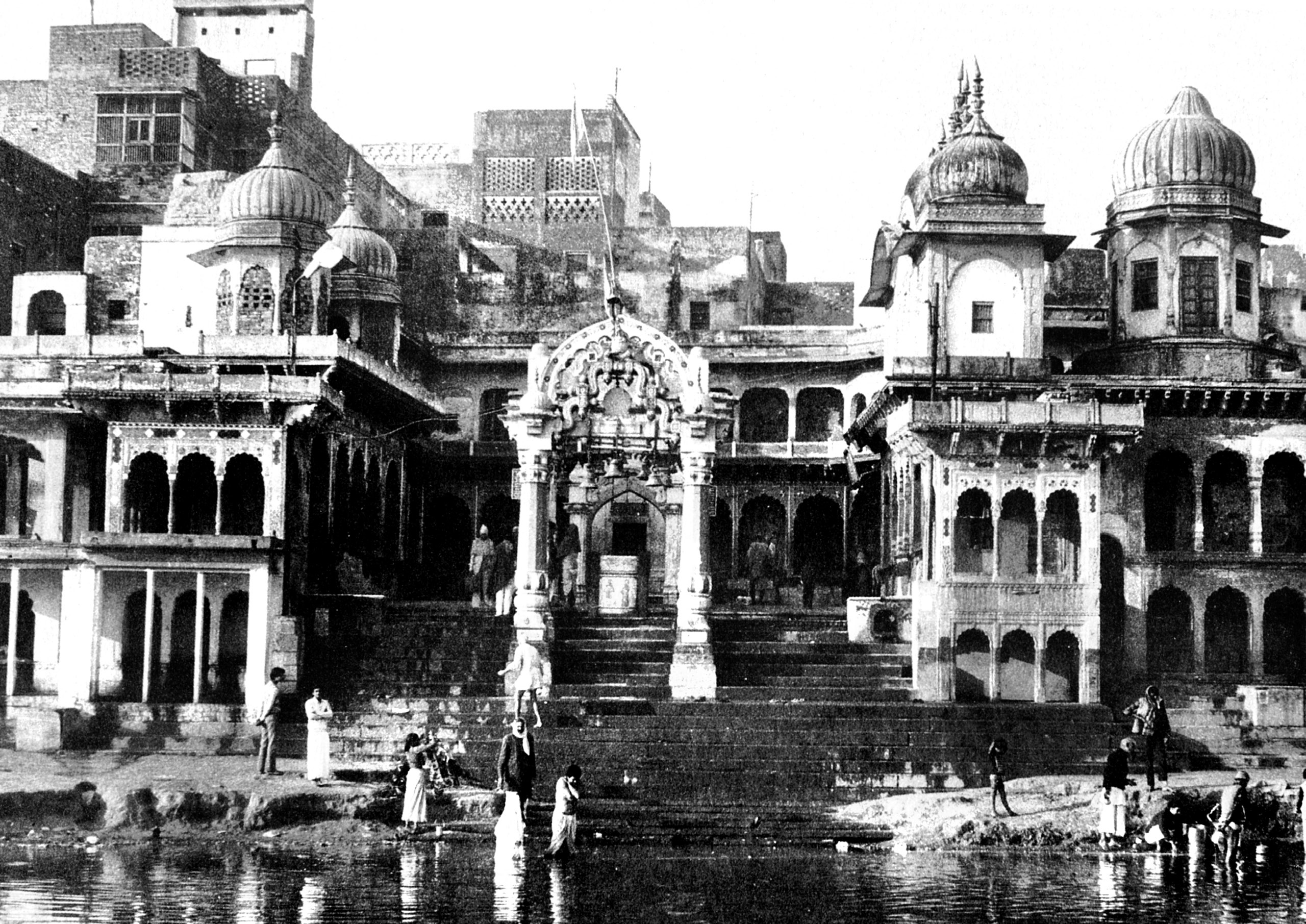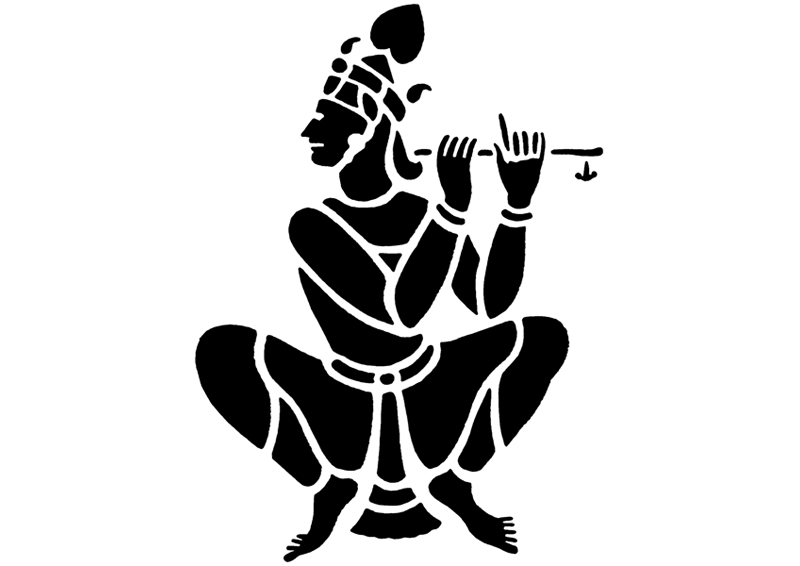History / Traditional practices
Braj; Cultural Landscape For Bhakti | Divay Gupta
LA 55 |
|
| Believed to manifest Lord Krishna Leela on earth, Braj is situated within the middle of the Ganga-Yamuna doab rendering it highly fertile and productive. Its cultural landscape is a juxtaposition of myth and its own geography that are in a cyclic evolution, taking cue from each other so that all of Braj's natural or manmade features are traceable to an aspect of Krishna' life on earth. As an aware citizen, it then falls to us to learn to decipher and respect landscapes the like of Braj, without tainting or annihilating their authenticity and religious sanctity. |
|
 |
|
The Region
The location of Braj region within the middle of the Ganga-Yamuna doab of the northern plains, not only makes it highly fertile and productive, but also a nodal point of various trade routes passing through it. It falls mainly within the district of Mathura in Uttar Pradesh and the district of Bharatpur in Rajasthan, and partly within District Faridabad of Haryana. The whole region of Braj is believed to manifest lord Krishna Leela on earth and each of its natural and manmade features is either attributed or associated with some aspect of his life on earth, believed to in Dwapar Yug. The region is bound together by the legends of lord Krishna, with each of the places associated with some specific leela connected with him. The town of Mathura, the centre of Braj, is considered as the birthplace of Lord Krishna and the region around it as his leela kestra.
However, the historicity of Braj goes beyond its present association with Krishna. The region has a rich history of more than three thousand years. It has been a seat of art and learning with the religions of Jainism, Buddhism, Hinduism and Islam having a significant impact on its cultural development. However, it was in the sixteenth century it became the centre of the Bhakti movement, re-emphasizing the importance of the area as Krishna's janmabhoomi and leela kshetra. Under the liberal governance of Akbar and the Hindu ruler Raja Man Singh, Braj flourished. It was established as a major pilgrimage centre for Vaishnavites between the twin Mughal capitals of Delhi and Agra. Raja Man Singh erected the Govind Dev temple at Vrindavan in 1590, which is a wonderful example of Hindu-Muslim architecture. Myths, legends, history and stories all intermix and co-exist here, their symbiotic and symbolic relationships determine the cultural landscape of the region, giving Braj its unique distinction.
|
|


|
|

|
|
|
|